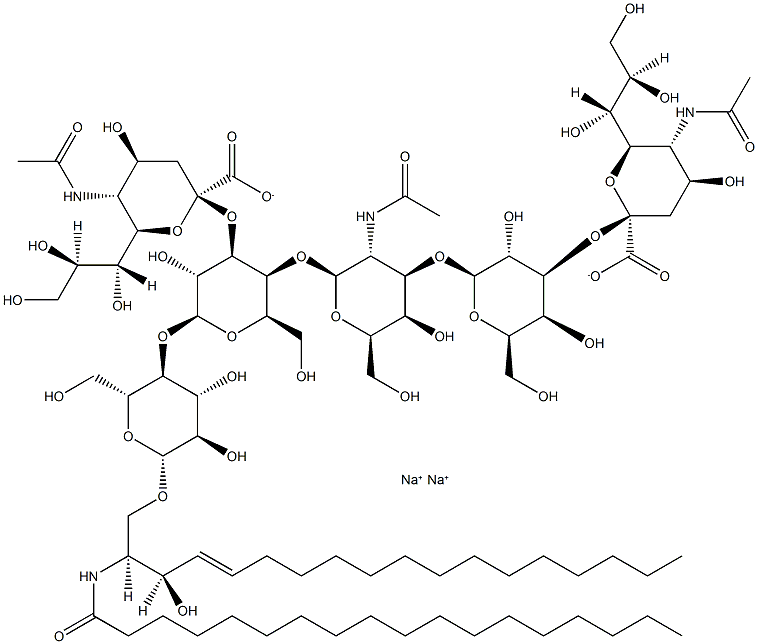Gangliosides are formed from a glycosphingolipid combined with one or more sialic acids at the oligosaccharide chain. They are components of the plasma membrane where they pack densely with cholesterol to form lipid microdomains that modulate both intra- and inter-cell signaling events. More than 180 gangliosides have been identified, each of which differ based on the position and number of sialic acid residues. Ganglioside GD1a contains one sialic residue linked to the inner galatose unit and can be found in brain, erythrocytes, bone marrow, testis, spleen, and liver. It can be shed from the surface of tumor cells into the microenvironment where it influences tumor-host cell interactions to promote tumor cell proliferation, invasion, and metastasis. At 20 μM, GD1a has been shown to increase endothelial cell proliferation. Furthermore, ganglioside GD1a has been shown to act as a functional coreceptor for TLR2, enabling the recruitment of TLR2 to lipid rafts when bound by a bacterial toxin.

